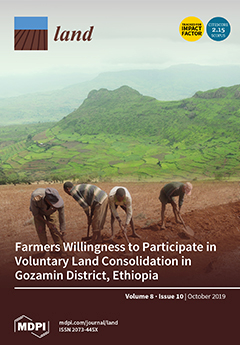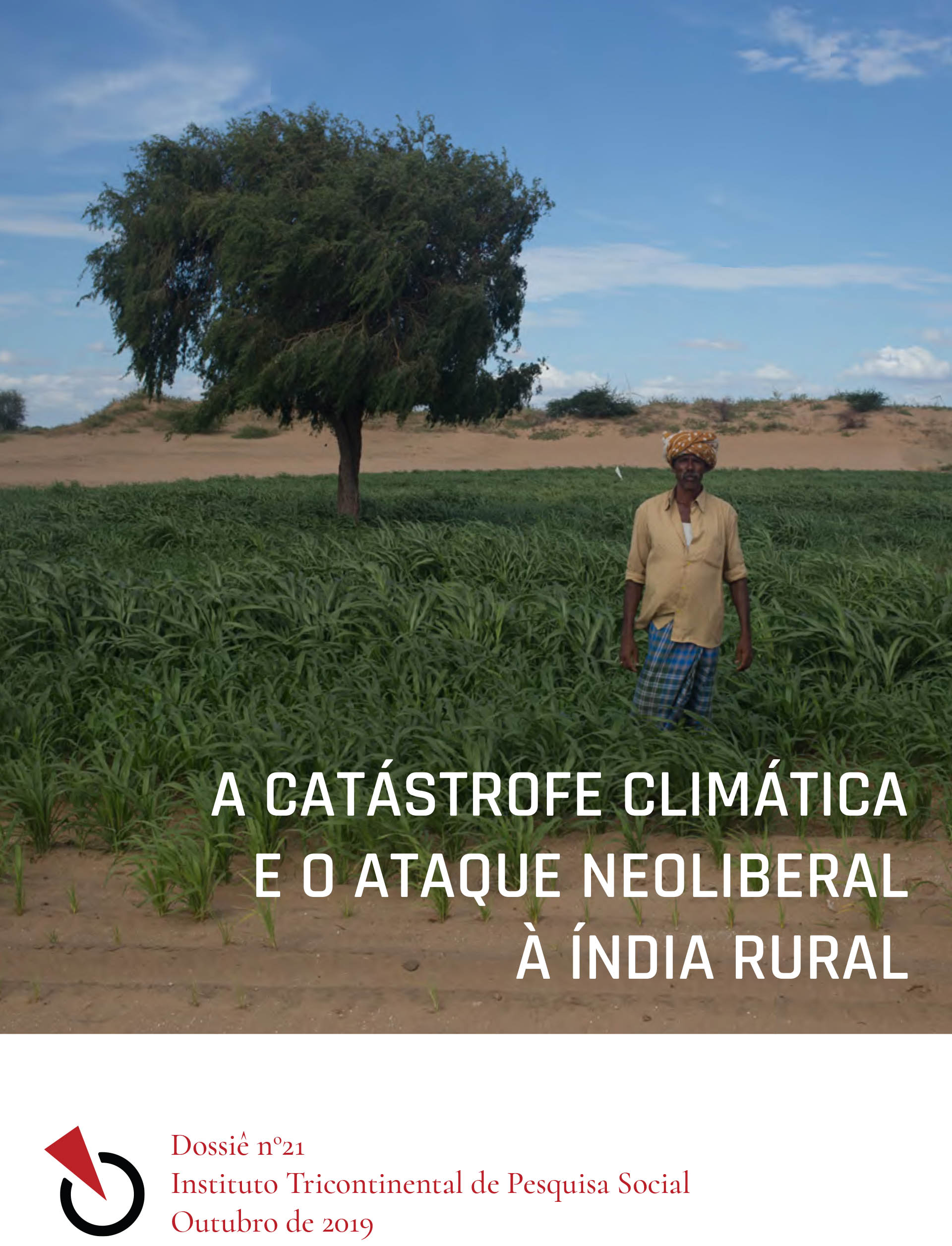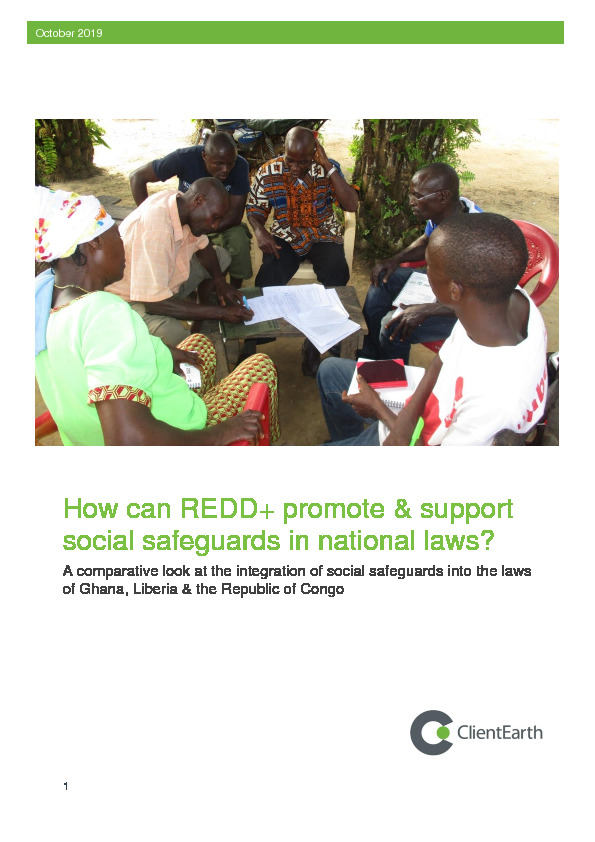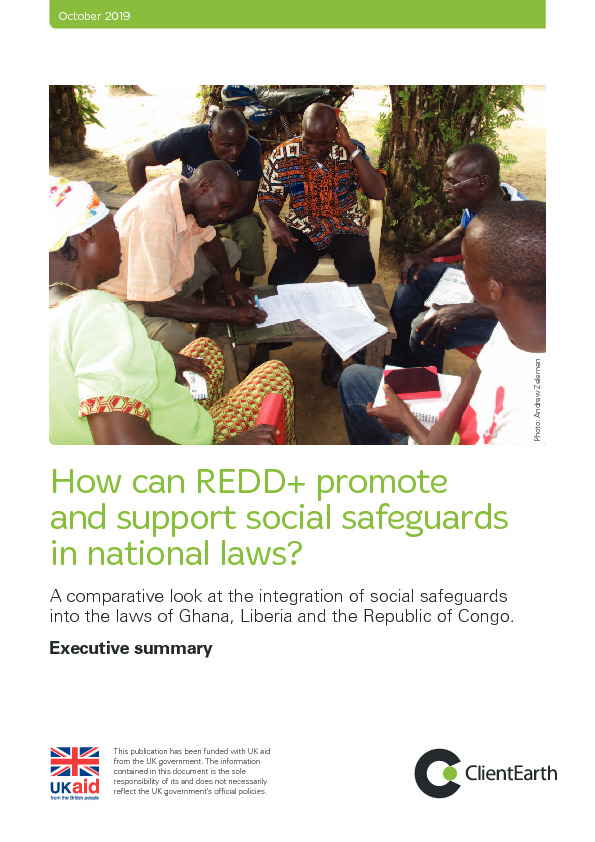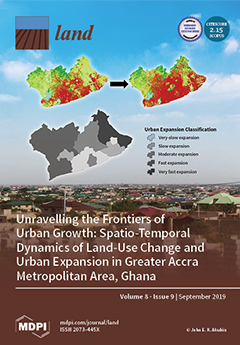The economic value of tourism and recreation across a large protected area network
Environmental economists routinely use travel cost methods to value recreational services from protected areas, but a number of limitations remain. First, most travel cost studies focus on a single protected area or a small handful of protected area sites; value estimates that relate to a protected area network across a larger geographic area or jurisdiction are rare. Second, most protected area travel cost studies use on-site sampling techniques that bias value estimates towards those reported by frequent visitors.


